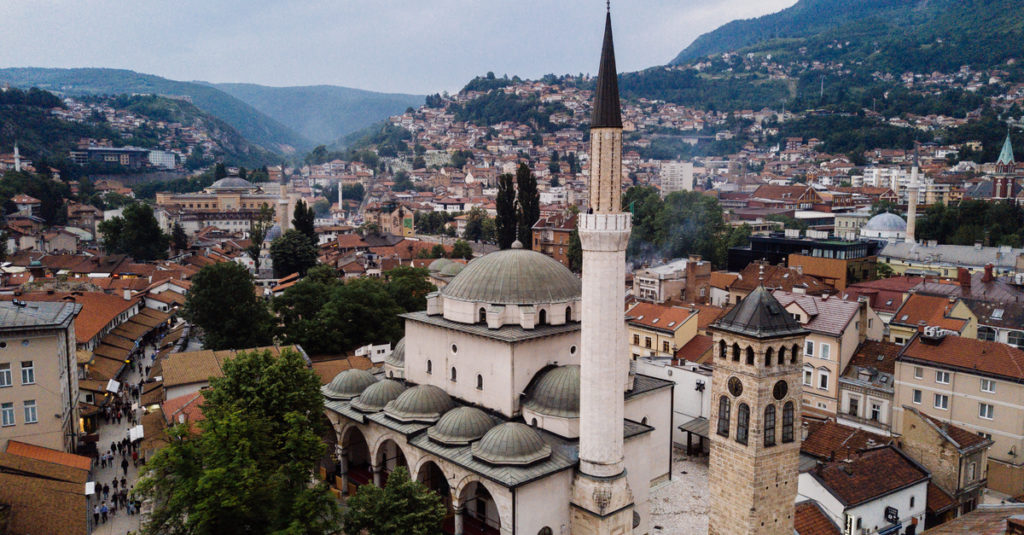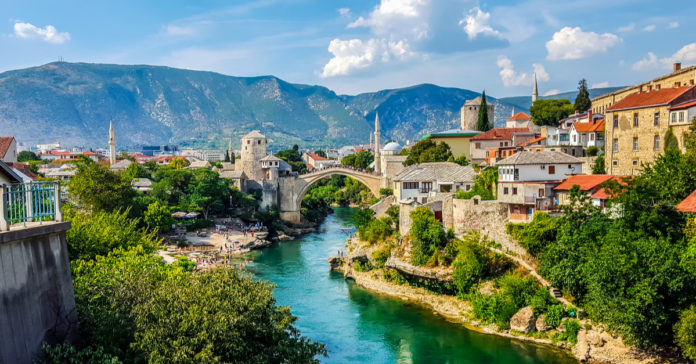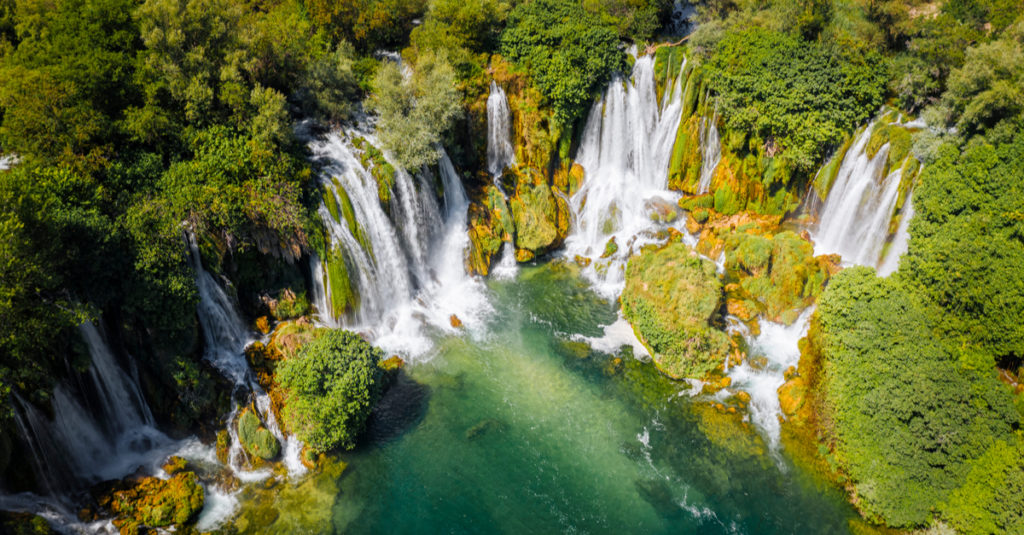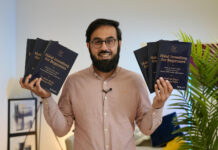Like many British Muslims of my age, for me Bosnia Herzegovina is the place where a brutal war took place in the 1990s which sparked my political awakening, writes Roshan Muhammed Salih.
Those images of white Muslims getting slaughtered while the world looked on remain etched in our memories.
But as I recently found out, 20 years on from those horrors and with political instability still persisting there’s much more to this small, beautiful country than war history.
Bosnia is the Muslim country which is geographically closest to the UK, but for most of us it simply isn’t on the tourist trail.
And that’s a great shame because it really is a hidden gem full of beautiful towns, amazing Ottoman architecture, friendly and honest people, and, above all, jaw-dropping natural beauty.
Sarajevo
Unfortunately, there is no direct flight to Bosnia’s capital Sarajevo from London so I was forced to travel via one of the neighbouring countries. This is a little inconvenient, of course, but not massively so as the journey time was still under five hours and my ticket cost under £300.
Subscribe to our newsletter and stay updated on the latest news and updates from around the Muslim world!
Like most tourists my first stop was Sarajevo.
The old town (Stari Grad) is a delight with Turkish-style mosques, bazaars and coffee shops. It’s a relatively small place where you can just amble around without getting hassled too much by the shopkeepers. Prices are reasonable too.
Sarajevo is an eclectic mix of Muslims, Serbs, Croats and foreigners. People mostly dress in the western style although a minority of Muslims wear traditional dress. The atmosphere is laid-back, tolerant and liberal and English seems to be the de facto second language here.
You’ll probably spend much of your time in the Old Town and especially in the Ghazi Husrev-Beg mosque which is considered the most important Islamic structure in the country and one of the world’s finest examples of Ottoman architecture.

Built by the famous Ottoman architect Alaüddin, the mosque was financed in 1531 by Ghazi Husrev-Beg, the provincial governor of Bosnia and Sultan Beyazid II’s grandson. Ghazi Husrev-Beg is widely considered Sarajevo’s greatest patron.
During the siege of Sarajevo between 1992-5, Serbian forces targeted many jewels of the city’s culture, such as museums, libraries, and mosques. As the largest and best known, the Beg mosque was an obvious target.
Heavily damaged in the war, it was renovated in 1996 with foreign help. Prior to reconstruction, the interior was far more intricate, but today the walls are simply white, with much of the detail, artistry, and colour taken out.
While in Sarajevo I also recommend that you take in at least a few of the city’s museums.
You can learn all about the killing of the heir to the Austria-Hungarian throne at the small but compelling Museum of the Assassination of Franz Ferdinand. The Archduke was killed near a bridge close to the Old Town sparking events which led to the outbreak of World War 1.
I also visited the small but atmospheric Jewish Museum which recounts the story of the many Jews who fled to the safety of Sarajevo after being expelled from Spain.
But the museum that will stick most in your memory is the “Galleria” which painstakingly details the events of the 1995 Srebrenica massacre through a harrowing series of black and white photographs and documentary films.
Mostar
After three days in Sarajevo I took a taxi ride (£55) to the western part of the country – Herzegovina. This region is dry and hot compared to Bosnia’s cooler atmosphere and greener scenery.
What’s more, the two and a half hour journey to Mostar may end up being the highlight of your trip to the country. You’ll traverse the type of mountain scenery you probably only thought existed in Switzerland, as well as a huge lake reminiscent of Italy’s finest.
Mostar itself is a small town of cobbled streets, markets and beautiful bridges surrounded by mountains and overlooking the emerald Neretva river.
There isn’t much to do in Mostar apart from ambling around and taking in the atmosphere over some strong Bosnian coffee. It’s also very touristy but despite this you still won’t get hassled like you might do in Egypt, Turkey or Morocco.
Mostar is also a good place to base yourself for a few day trips to the surrounding medieval village of Poticelj, the mystical Sufi retreat at Blagaj, and the wonderful waterfalls at Kravice.
Unspoiled
At the moment Bosnia Herzegovina remains relatively unspoiled by tourism and prices for food, transport and accommodation are very reasonable.
Politically, while the country is at peace and no one has the appetite to return to war it’s still very divided. Moreover, the economy is absolutely tanking with unemployment levels running at 40 per cent and young people, especially, emigrating in search of work.
And although you won’t really notice it, Bosnia is still basically a NATO/EU protectorate and not the strong, independent, self-sufficient country that its people fought for.
As for the kind of Islam practiced in Bosnia, I’m sure some British Muslims will be shocked at how liberal Bosnians can be, especially in the way they dress. And despite the fact that Muslims from other countries have tried to influence the way Bosnians practise Islam the vast majority of locals seem committed to a liberal, multi-ethnic and multi-religious society.
Finally, I should conclude by saying that my trip to Bosnia Herzegovina was only a week long so I only visited a small fraction of the country. But I will definitely be going back to check out some of the national parks I missed this time around. Insha’ Allah.
@RMSalih





















